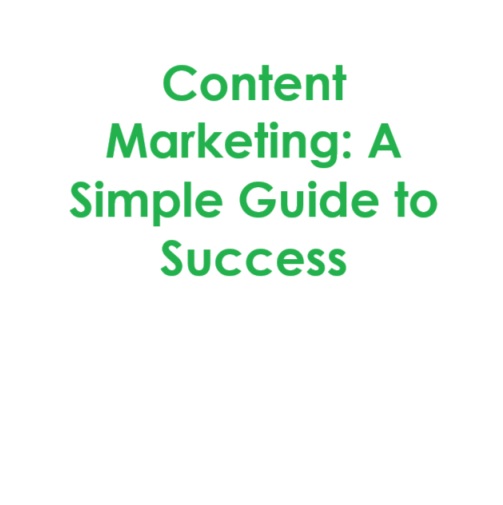
Content Marketing Guide
In the digital age, content marketing is an invaluable tool for companies to forge meaningful connections with customers, nurture trust, and achieve business goals. But without a thoughtful content strategy guiding your efforts, you may struggle to make an impact. This guide offers research-backed advice, proven tips, and best practices to help construct a robust content marketing plan that delivers results.
Understanding Your Audience
Laying the groundwork for impactful content begins with intimately understanding your target audience. Conduct thorough market research and analysis to uncover your customers’ demographics, interests, pain points, and online behaviors. These insights allow you to craft content that directly speaks to their needs and desires. By deeply understanding your audience, you can create content that resonates, forging stronger engagement and loyalty.
Setting Specific, Measurable Goals
An effective content strategy requires clearly defined goals that align with overarching business objectives. Consider what you aim to achieve through content marketing, whether it be increasing brand awareness, generating leads, or driving sales. Establish specific, measurable goals around these aims, like growing website traffic by a certain percentage in 6 months. Setting quantifiable goals allows you to benchmark success, optimize efforts, and make data-driven decisions.
Creating Valuable, Engaging Content
At its core, stellar content marketing depends on valuable, compelling content that captures attention. Conduct keyword research to pinpoint topics and questions that align with your brand and resonate with your audience. Brainstorm creative ways to address these issues through content, like blog posts, videos, podcasts, and more. Focus on delivering truly useful information, solutions, insights, and experiences through your content. Valuable content earns audience engagement and loyalty.
Diversifying Content Formats
Today’s audiences consume content across myriad channels and formats. A strategic content marketing plan incorporates diverse content types to engage users across platforms. Consider repurposing existing content into new formats, like transforming blog posts into videos, infographics, or podcast discussions. Meeting your audience where they already spend time amplifies your reach and impact.
Promoting Content Strategically
Creating remarkable content is only step one; amplifying its reach through strategic promotion is equally crucial. Develop a content distribution plan across social media, email, guest posting, influencer campaigns, and more. Actively engage audiences by responding to comments and encouraging shares. Promoting content effectively targets it to aligned audiences when they are primed to engage. This expands organic reach and conversions.
Analysing and Refining Your Approach
Continuously analyze your content’s performance using tools like Google Analytics and social media metrics. Identify your best-performing content across platforms and channels. Double down on what resonates while phasing out underperforming content types and platforms. Allow data and analytics to inform an agile, ever-evolving content marketing strategy optimized for impact.
An effective content marketing strategy requires in-depth audience insights, concrete goals, valuable content, diverse formats, strategic promotion, and data-driven refinement. With a thoughtful, integrated approach, content marketing can drive brand awareness, engagement, and lead generation. But it requires an investment of time, creativity, and analytics to unlock its full potential. By following these best practices, you can craft a winning content strategy that delivers meaningful business results.
Few Tips :
- Identify your target audience and buyer personas. Get very specific on who you are creating content for and what their pain points, goals, and interests are.
- Determine your content goals and key performance indicators (KPIs). Example goals could be to increase website traffic, generate more leads, or boost brand awareness. Align KPIs like pageviews, time on site, and social shares to those goals.
- Create a content strategy and editorial calendar. Outline the topics and types of content you will create and map out a schedule for when content will be published. Consider variety – blogs, visuals, videos, etc.
- Promote your content across multiple channels. Leverage your website, email marketing, social media, SEO, ads, and more to distribute content far and wide.
- Analyze performance and optimize. Look at metrics and engagement to see what content resonates. Double down on what works and adjust what doesn’t.
Discover more from TechResider Submit AI Tool
Subscribe to get the latest posts sent to your email.
